Nestled in the heart of Shigar Valley, Shigar Fort is a historical treasure of Gilgit-Baltistan. Built in the 17th century by the Amacha Dynasty, this fort showcases the rich Balti heritage and architecture. Once a royal residence, it has now transformed into a beautifully restored heritage hotel and museum.
Thanks to the Aga Khan Trust for Culture, the fort underwent careful restoration. This effort preserved its original charm while adding modern amenities. Today, it stands as a fine example of cultural conservation in Pakistan.
Unlike many historical sites, Shigar Fort is more than just a relic. It welcomes visitors with open arms. You can explore the royal chambers, walk through its stone corridors, and view exhibits that tell the region’s story. The museum offers a unique glimpse into Balti life, art, and culture.
Moreover, the serene location adds to its charm. Surrounded by towering mountains and flowing rivers, the fort provides a peaceful escape from busy city life. As you walk through the courtyards, you can sense the history echoing in every corner.
In addition, Shigar Fort plays a key role in boosting tourism in Baltistan. It has created job opportunities for locals and promoted cultural awareness. Visitors from all over the world come here to learn about the traditions and lifestyle of the region.
Overall, Shigar Fort is not just a monument. It is a living part of history that continues to inspire. Whether you are a history lover, a cultural explorer, or a nature admirer, this fort has something for everyone.
History and Origins: The Amacha Dynasty and the 17th Century
The history of Shigar Fort is a rich tapestry woven with the legacy of the Amacha Dynasty, the ruling family of the Shigar Valley for centuries. The current fort’s story begins in the 17th century when it was built by the 20th Raja of the Amacha Dynasty. The strategic decision to build the palace on a massive boulderstone gave rise to its local name, Fong-Khar, and cemented its role as the seat of power.
For generations, the fort was more than a home; it was the heart of the kingdom. From its walls, the Amacha rulers governed the region, watched over the vital trade routes that passed through the valley, and maintained the unique cultural identity of Shigar. The fort stood as a silent witness to the ebb and flow of power and the changing times in this remote and strategically significant region of Pakistan.
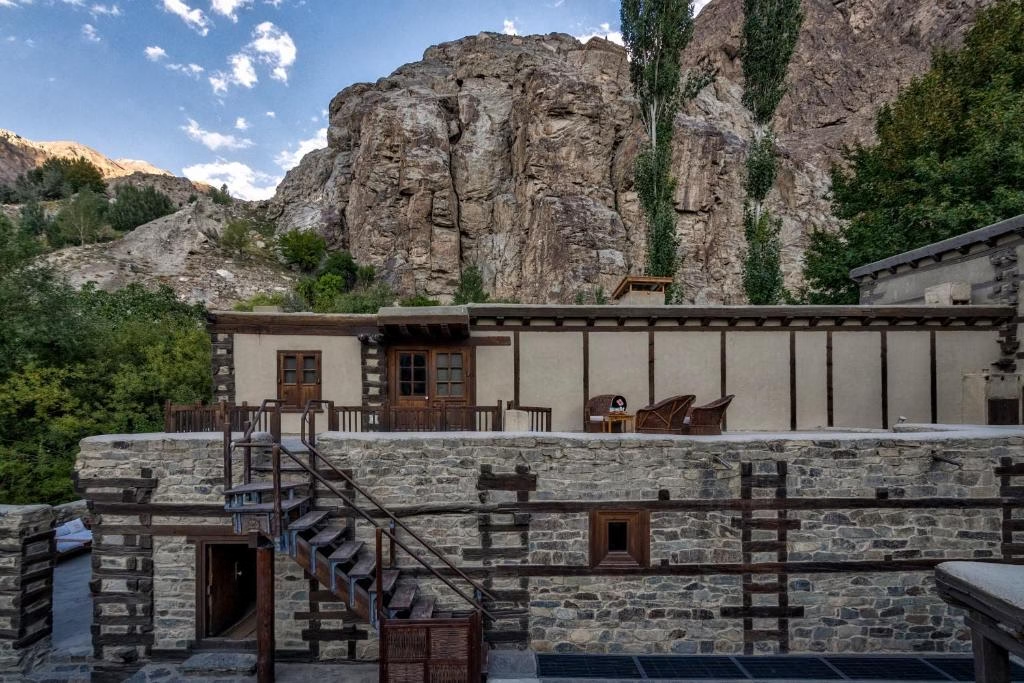
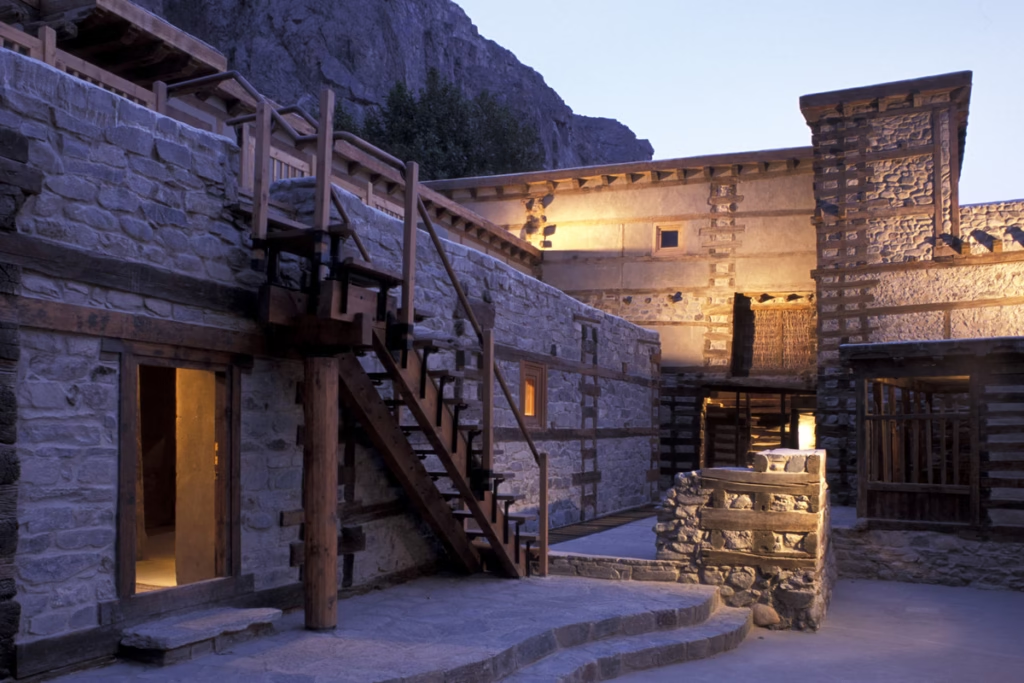
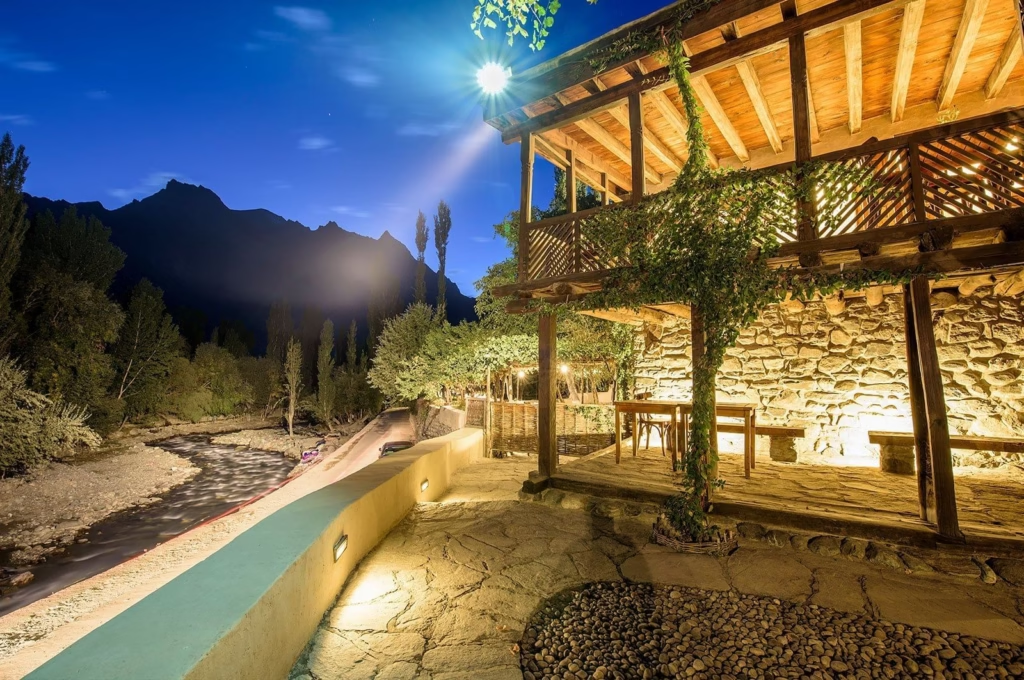
Architectural Brilliance: A Fusion of Local and Mughal Styles
Shigar Fort is a masterpiece of indigenous Balti architecture, a style that perfectly blends functionality with artistic expression. The fort’s design is a testament to the skill and resourcefulness of the local craftsmen who used natural materials to create a fortress that is both beautiful and durable.
- Construction Materials: The fort was built primarily from thick stone walls held together with mud mortar, a method that provided excellent insulation against the region’s extreme climate. Local poplar and willow timber were extensively used for beams and for the intricate wood carvings that are a hallmark of Balti craftsmanship.
- Strategic Location: Its location on a large rock overlooking the Shigar River provided a commanding view of the entire valley, making it an ideal defensive stronghold.
- The Baradari Pavilion: A notable and elegant feature is a Baradari pavilion, a square-shaped structure built in the Mughal style. This detail, located in a serene garden on the eastern side of the fort, highlights the cultural exchange that occurred in the region and adds a touch of royal splendor.
Restoration and Rebirth: A Modern-Day Fairytale
By the late 20th century, the fort had fallen into disrepair. However, its immense historical value was recognized, leading to a massive restoration project. From 1999 to 2004, the Aga Khan Cultural Service Pakistan (AKCSP-P) took on the challenge, investing approximately $1.4 million to restore the fort to its former glory. This was a meticulous process aimed at preserving the fort’s original architectural integrity.
The restoration was a resounding success, and in 2006, the fort was honored with the prestigious UNESCO Asia Pacific Heritage Award for Cultural Heritage Conservation. The fort was then given a new life, being converted into a unique luxury hotel and a heritage museum.

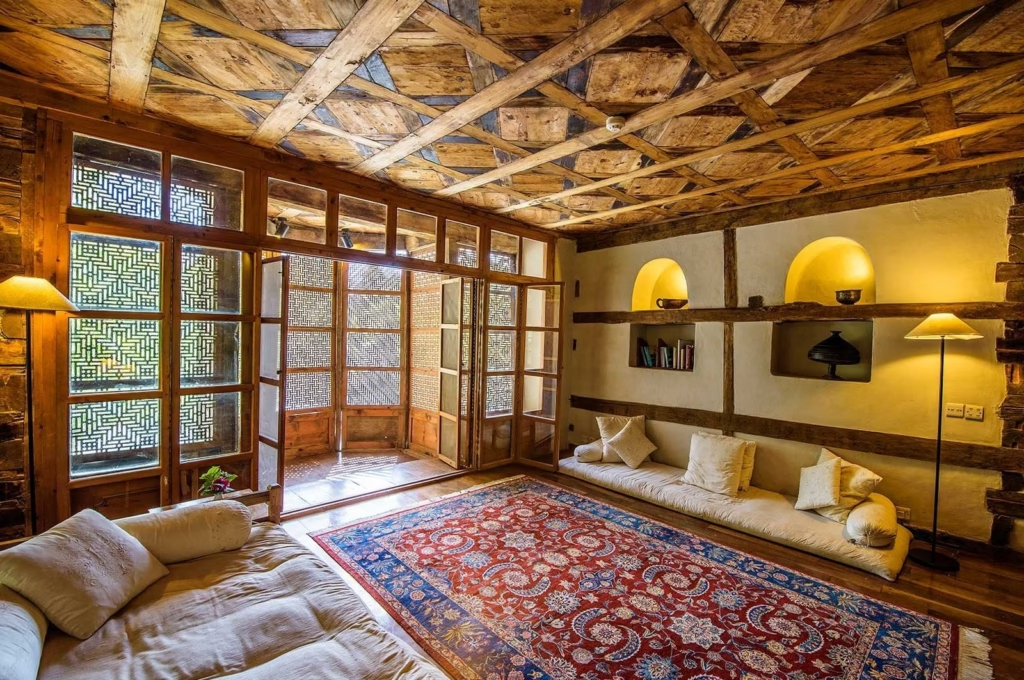
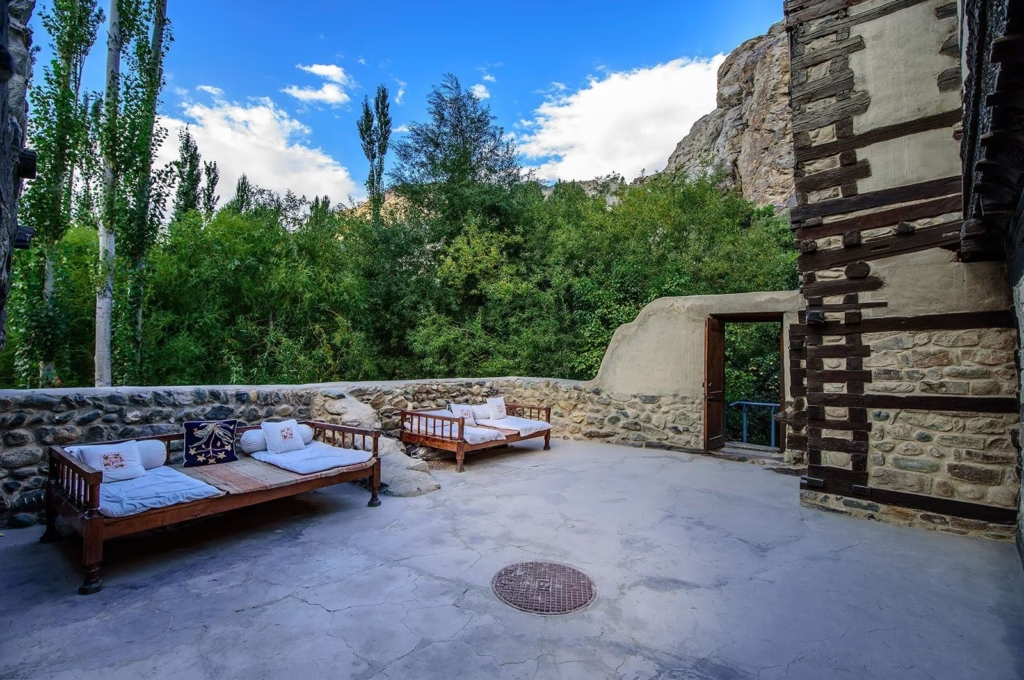
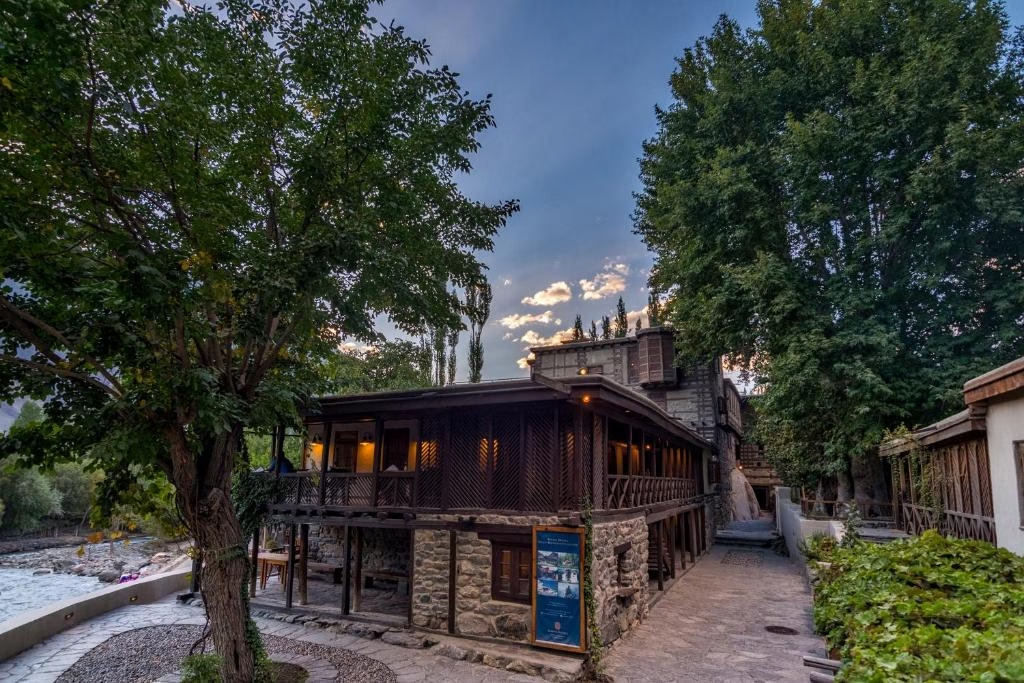
Shigar Fort Today: A Unique Cultural and Travel Experience
Today, Shigar Fort is a thriving center of culture, hospitality, and history. It offers visitors a complete and immersive experience, making it a must-visit destination in Gilgit-Baltistan.
- The Serena Shigar Fort Hotel: The fort now operates as a heritage hotel, managed by Serena Hotels. Guests can stay in meticulously restored rooms that were once part of the royal residence. This is a unique opportunity to immerse yourself in the history and atmosphere of the fort. You can find more information about the hotel here: Serena Shigar Fort.
- The Baltistan Heritage Museum: Located within the fort, the museum houses a collection of artifacts, photographs, and exhibits that tell the story of the Shigar Valley and its people. It’s a great way to learn about the region’s rich culture, art, and traditions.
- Breathtaking Vistas: From the fort’s towers and courtyards, you can enjoy stunning panoramic views of the Shigar River, the surrounding fields, and the snow-capped peaks of the Karakoram.
A visit to Shigar Fort is more than just a trip; it’s a journey through time that combines history, architecture, and the natural beauty of Pakistan. It stands as a powerful reminder of Gilgit-Baltistan’s rich past and its enduring cultural legacy.
